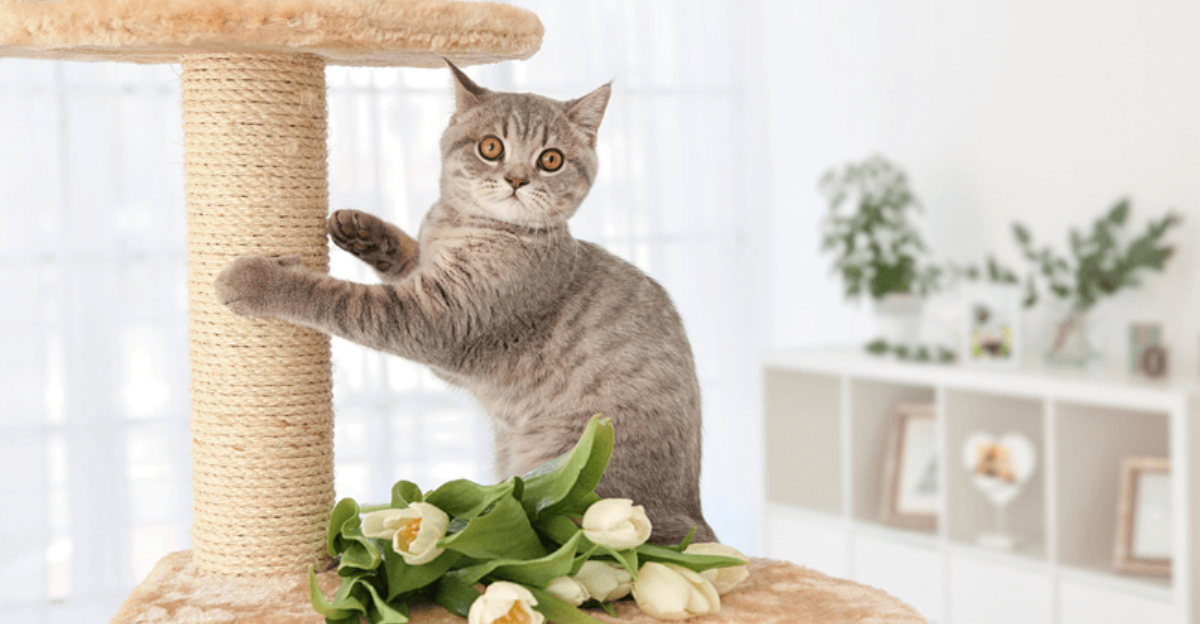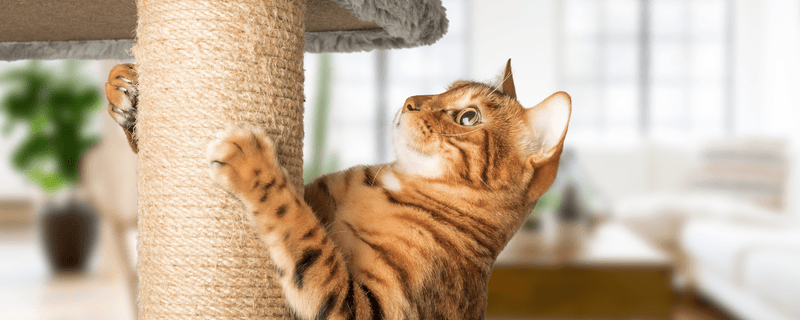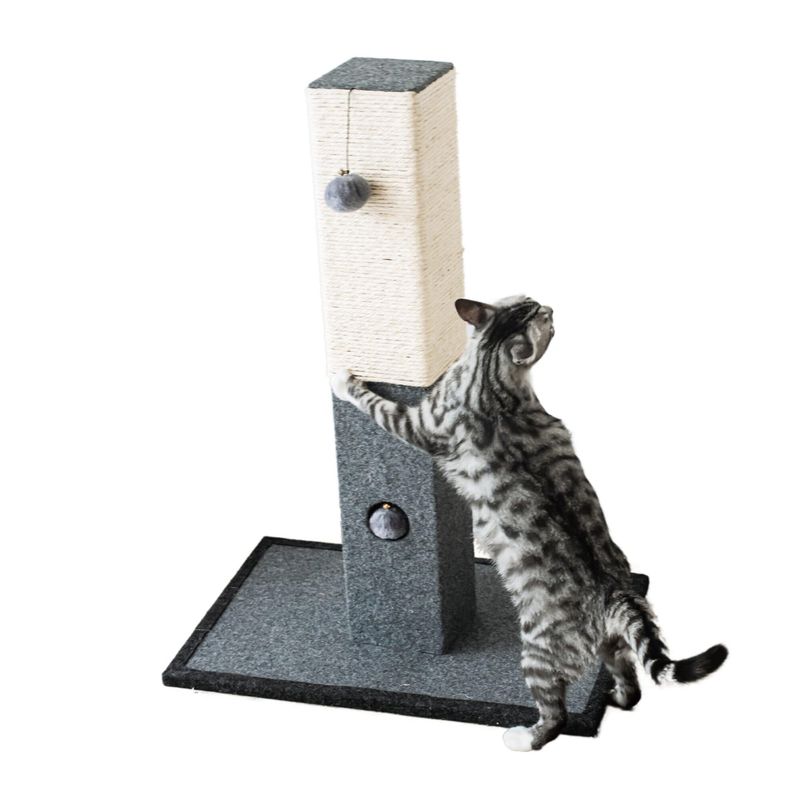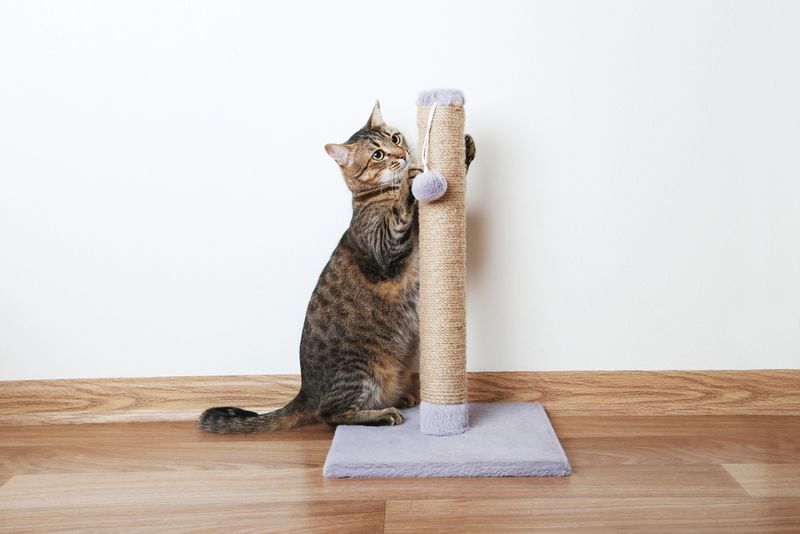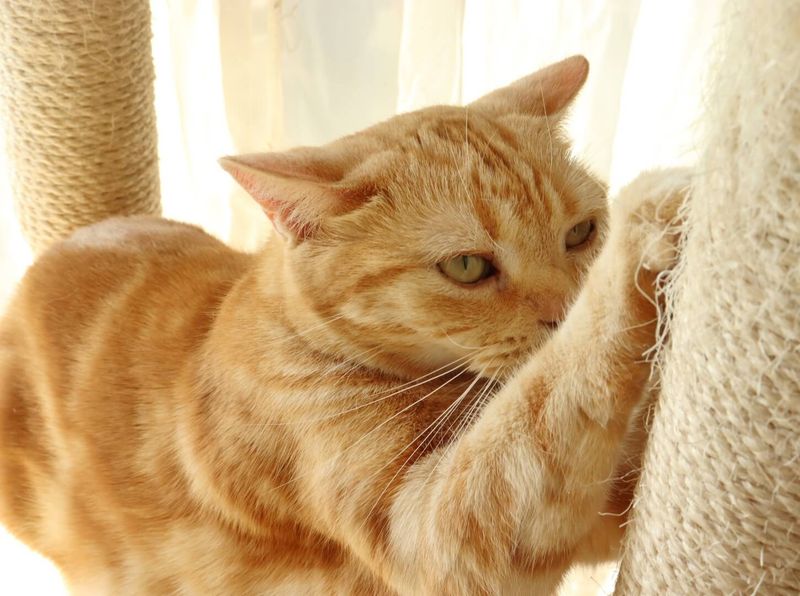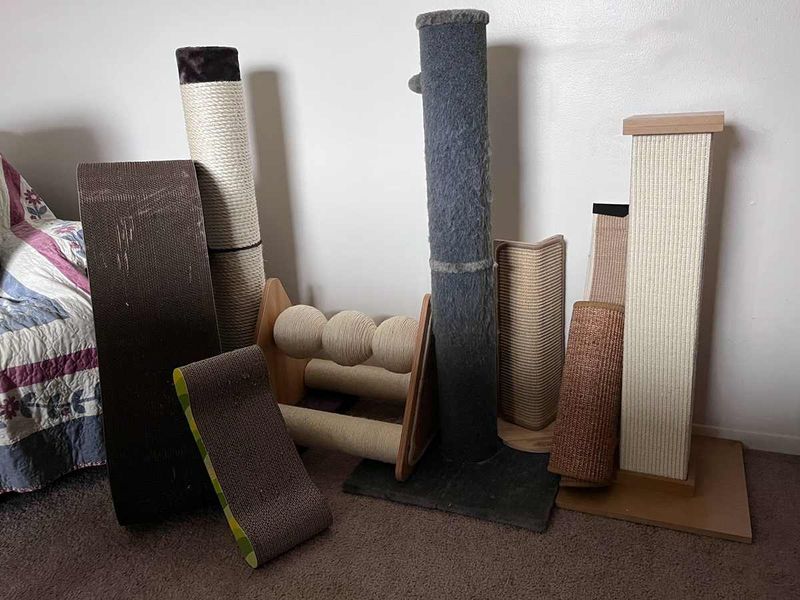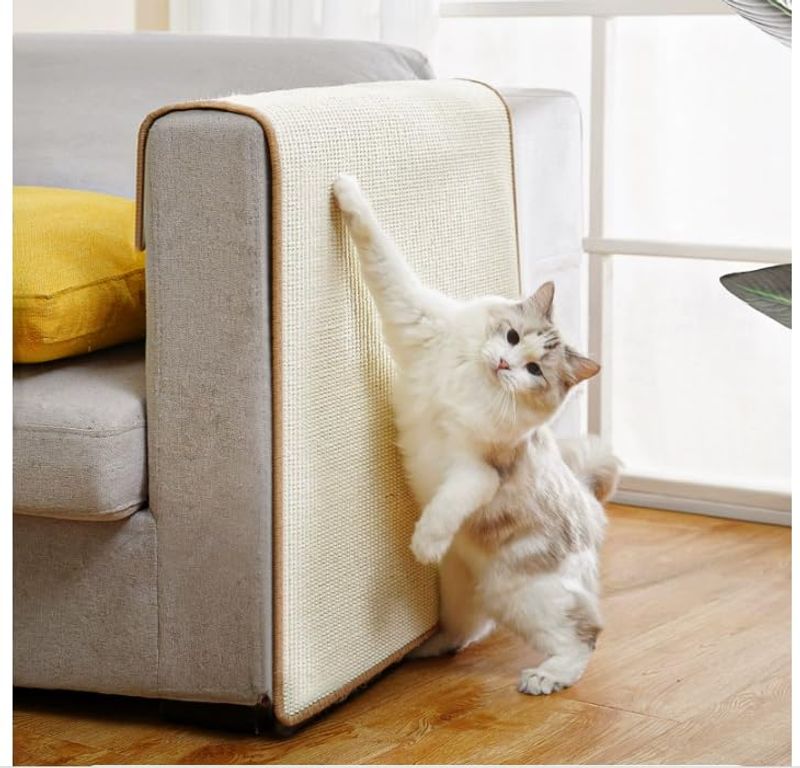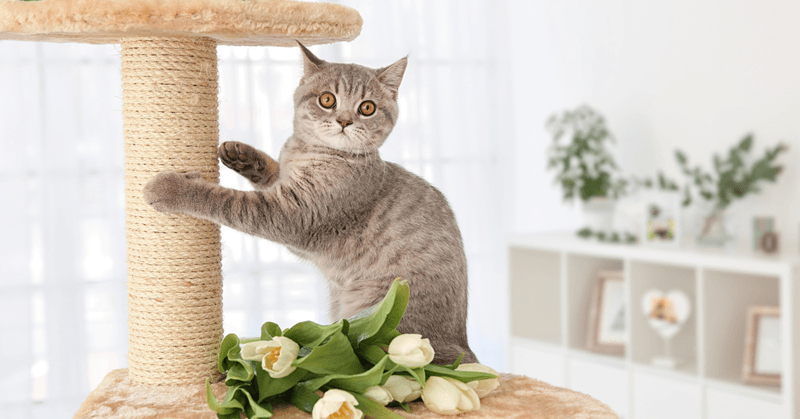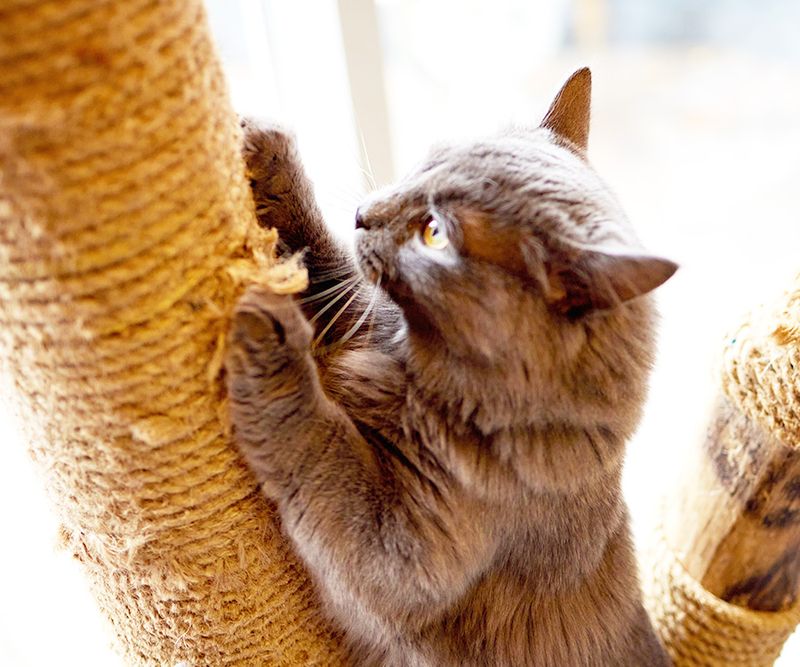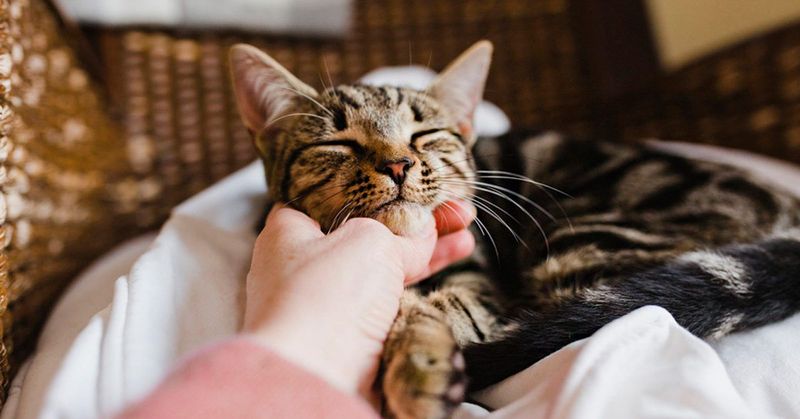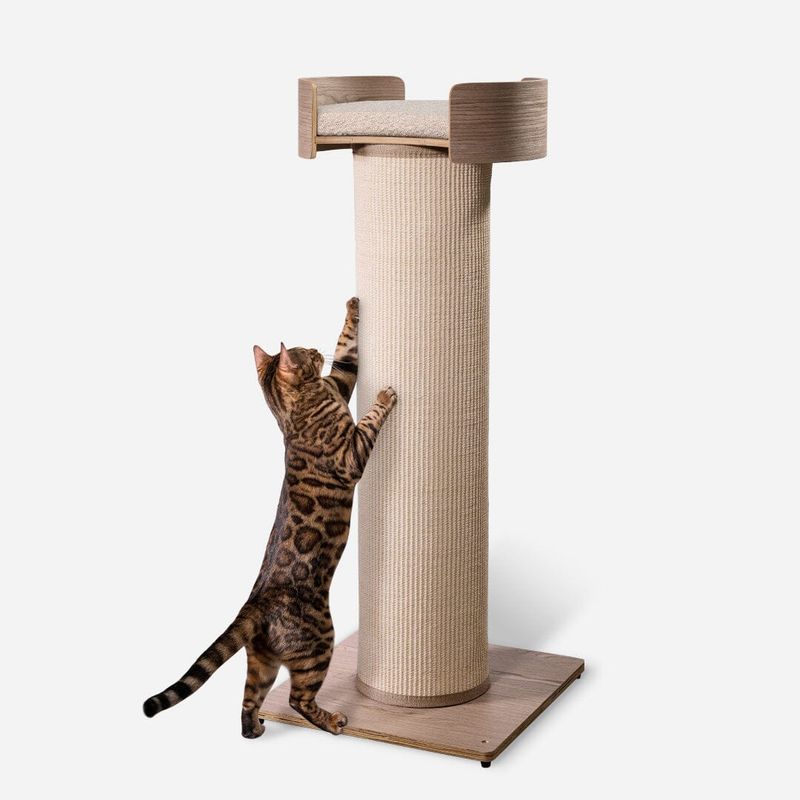📖 Table of Content:
- 1. Cats Scratch to Be Defiant
- 2. Scratching Equals Aggression
- 3. Cats Scratch Only When Bored
- 4. Declawing Is a Humane Solution
- 5. One Scratching Post Is Enough
- 6. You Can Stop Scratching Completely
- 7. Scratching Leads to Damage
- 8. Scratching Is a Territorial Display
- 9. Scratching Hurts People
- 10. Scratching Is a Sign of Illness
Is your cat scratching the furniture and driving you crazy? Before you assume it’s just bad behavior, it’s time to uncover the truth. In this blog, we break down 10 common myths about cat scratching and reveal what’s really going on behind those claws. From misunderstood motives to outdated advice, we’ll help you understand why cats scratch, what it means, and how to manage it without punishing natural instincts. If you’ve ever felt frustrated or confused, this guide is for you.
1. Cats Scratch to Be Defiant
Contrary to myths, cats don’t scratch to defy humans. This behavior is ingrained in their instincts, serving purposes like marking territory, shedding old claw layers, and stretching. If your cat is scratching furniture, it’s not a sign of rebellion. Instead, try providing a variety of scratching posts and reward your feline for using them. With a consistent approach, you can guide your pet toward acceptable scratching behavior without stress or punishment. Remember, patience and understanding are key in fostering a friendly environment.
2. Scratching Equals Aggression
Scratching is not synonymous with aggression. While cats may sometimes scratch when threatened, it’s usually not an aggressive gesture. Instead, scratching helps them stretch and communicate boundaries. Observing body language can help differentiate between playful and defensive actions. Interactive toys and regular play sessions can channel energy positively, minimizing unwanted scratching. Creating a stimulating environment ensures your cat stays active and happy, reducing any inclination towards aggressive displays.
3. Cats Scratch Only When Bored
Scratching transcends the boundaries of boredom. While play can certainly inspire the act, cats scratch due to instinctual drives. This behavior is crucial for their physical and emotional well-being. Providing multiple scratching surfaces and engaging in interactive play ensures they fulfill their intrinsic needs. By recognizing scratching’s true purpose, you can create a nurturing environment that enhances your cat’s happiness and health. Curious and lively, cats will scratch regardless of their entertainment options.
4. Declawing Is a Humane Solution
Declawing is far from humane; it involves amputating the last toe bone, causing potential long-term pain and behavioral issues. Instead, consider alternatives like nail trimming, scratching posts, and soft nail caps. These solutions protect your home while preserving your cat’s physical well-being. Understanding the implications of declawing helps owners make informed decisions, ensuring they prioritize their pet’s health and happiness. Solutions like scratching posts can satisfy their instincts without resorting to drastic measures.
5. One Scratching Post Is Enough
Cats are sophisticated creatures with unique scratching preferences. A single post often falls short of meeting all their needs in terms of material and location. Providing multiple posts with diverse textures like sisal, carpet, and cardboard caters to their instinctual behaviors. Placing these in key areas encourages use and deters furniture damage. By varying the options, you can create an enriching environment that satisfies your cat’s tactile desires, ensuring they remain content and your home remains intact.
6. You Can Stop Scratching Completely
Complete cessation of scratching is unrealistic. Instead of elimination, focus on redirection. Providing attractive alternatives like scratching posts and pads allows cats to exercise their instincts positively. Furniture protectors and deterrent sprays also help guide behavior effectively. Understanding that scratching is a natural part of feline life enables owners to create environments that balance home protection with the well-being of their pets. Embrace this aspect of their nature for harmonious living.
7. Scratching Leads to Damage
Scratching doesn’t have to equate to furniture destruction. With thoughtful strategies, you can safeguard your home while honoring your cat’s natural instincts. Durable, pet-friendly furniture and protective covers, combined with strategically placed scratching posts, reduce wear and tear. Encouraging use of designated scratchers through catnip and rewards reinforces good behavior. By understanding and addressing their needs, you cultivate a peaceful living space for both you and your pet.
8. Scratching Is a Territorial Display
Scratching is often mistaken for a territorial display, yet it primarily serves as a way for cats to mark their environment through scent and visual signals. This marking is part of creating a comforting space rather than asserting dominance. By providing various scratching surfaces, you empower your cat to express its natural tendencies without misunderstanding their intentions. Such insights foster stronger bonds and clearer communication between you and your feline friend.
9. Scratching Hurts People
Concern over scratching often leads to misconceptions about safety. Cats don’t intend to harm with their claws; rather, scratching is a way to express themselves. Teaching children and newcomers how to approach and interact with cats safely ensures positive experiences. By understanding feline body language and teaching respectful handling, you can prevent accidental scratches and build trust. These efforts lead to harmonious cohabitation and joyful companionship.
10. Scratching Is a Sign of Illness
Scratching is a natural activity and not an indication of illness. This behavior aids in maintaining physical health, from keeping claws sharp to stretching muscles. An increase in scratching might signal a need for more attention or new stimuli. Regular vet check-ups ensure any health concerns are addressed, but scratching alone isn’t a symptom. Recognizing this helps nurture a thriving, contented pet who can enjoy their instinctual behaviors without misconceptions.
